Small engines, big batteries: The quiet revolution of car design
More and more cars on the road are electric, and some unusual shapes and sizes glide past silently. But what does it all mean for design?
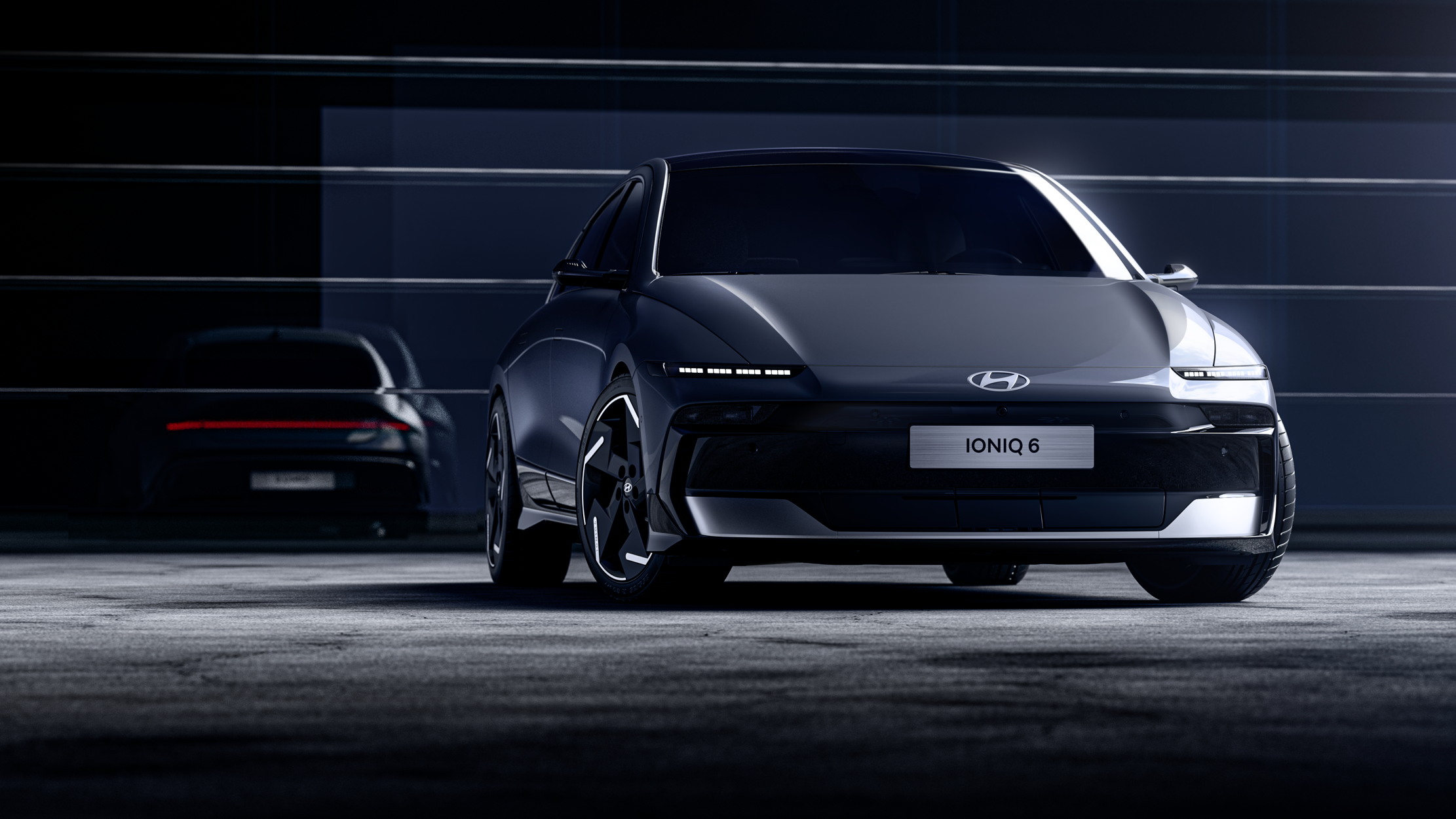
There’s a quiet revolution taking place — in every sense — in the design of new cars travelling on British roads. As the UK Government nudges more consumers each year to switch to electric vehicles (EVs), the ‘roadscape’ of Britain is transforming.
Alongside that accelerating change, you may have noticed quite different-looking vehicles appearing in showrooms and at traffic lights across the land, and some of them decidedly odd. Why so? Because vehicles powered by electricity, rather than internal combustion, work in different ways and need different packaging under their skin.
The first, and most obvious, visual clue of an EV is usually found at its front, in the shape of a ‘closed mouth’ or grille-less face. Electric motors don’t need as much air to keep them cool as combustion engines, so large grilles with lots of holes in them are no longer required. For the EV, smoother, more closed surface exteriors with smaller frontal areas cut through the air better, assisting aerodynamic performance, which boosts the number of miles an EV can travel before it needs to recharge.
The second — but more hidden — factor that contributes to many EVs’ new proportions are the large rechargeable battery packs that power their electric motors. Typically, these heavy rectangular battery packs are slotted low down between the two axles. This is helpful for handling, in providing a lower centre of gravity, but tends to make the ‘wheelbase’ — the horizontal length between the two axles of a vehicle, measured from the front-wheel centre to the rear-wheel centre — longer on cars that have only been designed to be full EVs, rather than existing combustion engine models adapted to offer hybrid and full electric power sources.
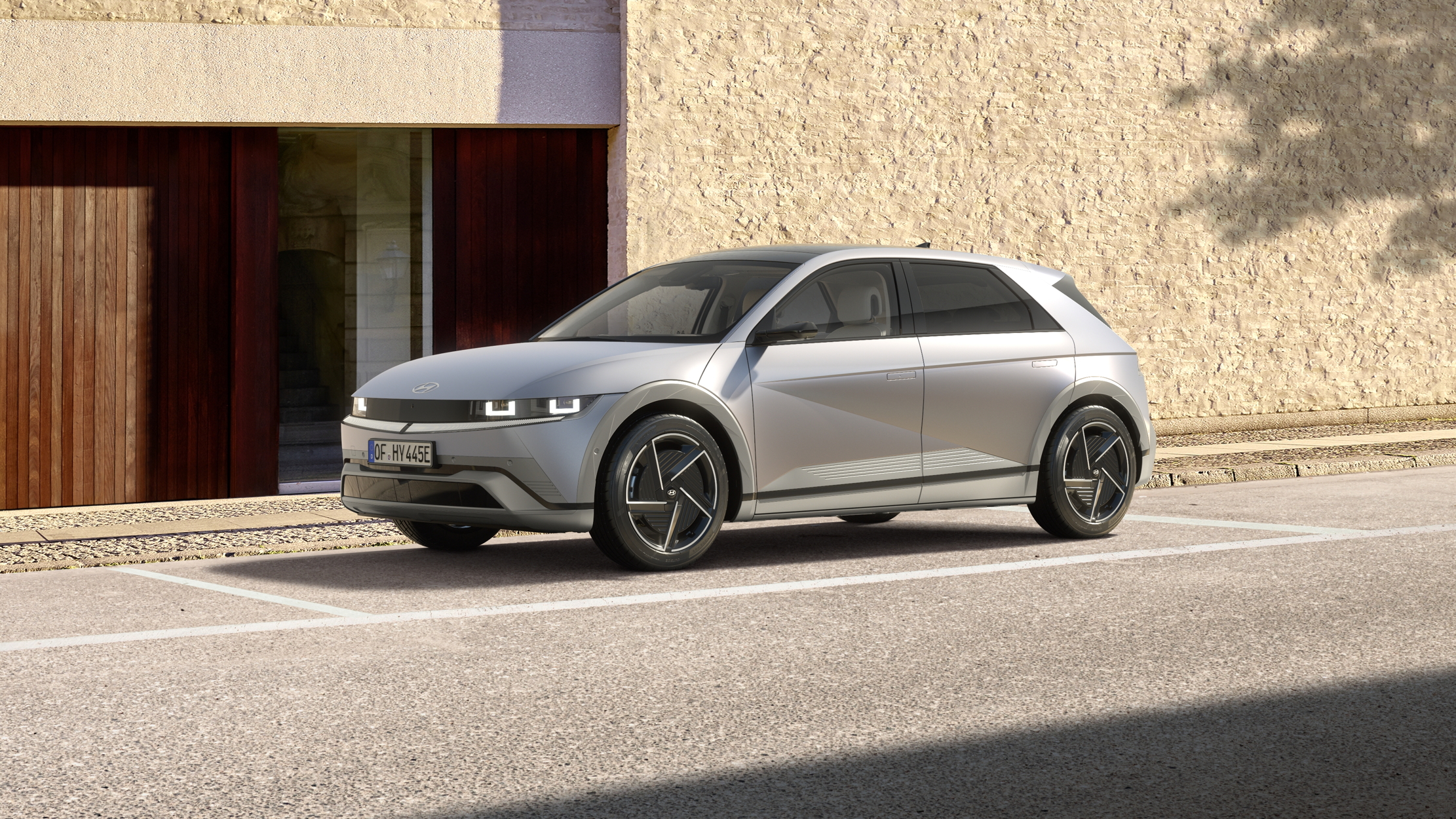
The Hyundai Ioniq 5, with its immensely long wheelbase.
The upside to these bespoke EVs’ longer wheelbases — the Hyundai Ioniq 5 is a good recent example with a whopping 3.0m between its wheels — is that much more spacious cabins can be created above, while not greatly increasing the car’s overall length or ‘footprint’ on the road. This is because EVs don’t need big bonnets to house large engines as electric motors are much smaller and can fit in more places within the car.
Consequently, bespoke design EVs often offer limousine-like legroom for rear passengers in compact overall forms. The multi-award-winning Jaguar I-Pace EV does exactly that, with rear passenger space akin to an executive car like a Skoda Superb, but in a car under 4.7m long (similar in length to a smaller family segment-size Skoda Octavia).
That’s why a whole host of recent bespoke EVs — cars that have been designed to be nothing else — sport closed mouths, short bonnets, long wheelbases and cavernous cabins. So far so good, if you like that sort of look, but there are also downsides in designing such EVs in terms of aesthetics, package and weight.
Exquisite houses, the beauty of Nature, and how to get the most from your life, straight to your inbox.
The first few generations of battery packaging technology used for EVs have generally been bulky and heavy. So begins a non-virtuous circle, where the heavier a car gets, the more power its electric motors need to move it swiftly, and the bigger the battery needs to be, to provide sufficient power to travel distances akin to a vehicle with a petrol or diesel engine.
As the battery packs are normally positioned below the car’s interior floor, in turn that usually translates to a higher cabin floor and ceiling to accommodate passengers comfortably above. All of which can affect a car’s sleekness and stance on the road. No wonder so many early EVs are tall SUVs, because large battery packs are easier to hide inside them while still providing decent passenger headroom.
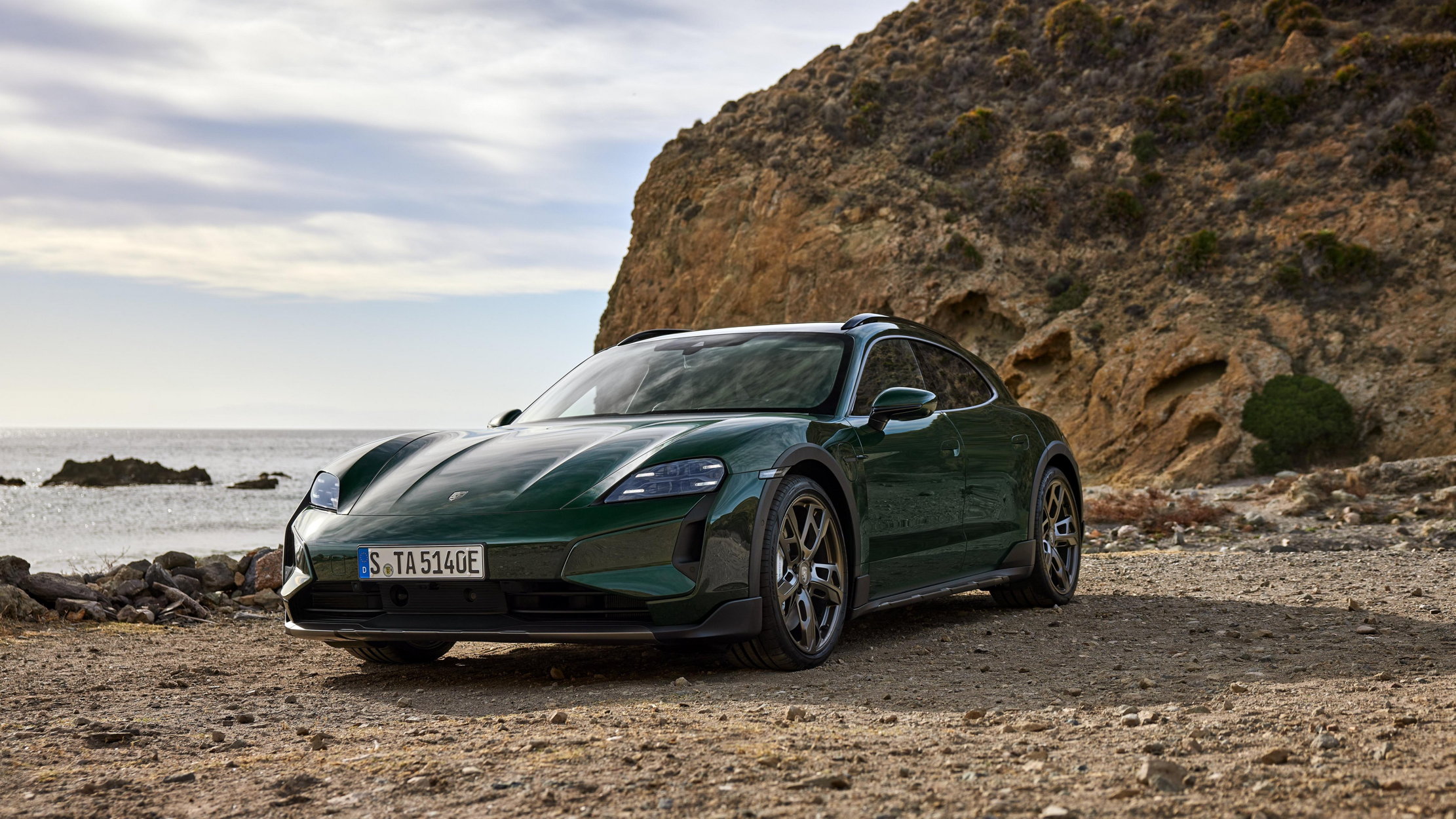
The Porsche Taycan. Svelte.
It’s much harder to make a convincing-looking electric sporty saloon, sportscar or fastback with low-slung seats. But some car designers and engineers are fighting back and finding innovative solutions.
Case in point is the wonderfully svelte, yet full-electric, Porsche Taycan, which manages to have a sloping rear roofline and truly elegant proportions, but still houses a decent battery pack beneath its floor. How so? By hollowing-out the rear footwell space within the usual battery pack area to allow the rear seats to be positioned lower. 'A normal EV has a "skateboard floor battery pack" and we have that also,' says Ivo van Hulten, Porsche’s director of interior design. 'But we moved the batteries outward so the rear passengers’ feet rest in-between to allow a silhouette only 1378mm high. That’s lower than a Panamera.'
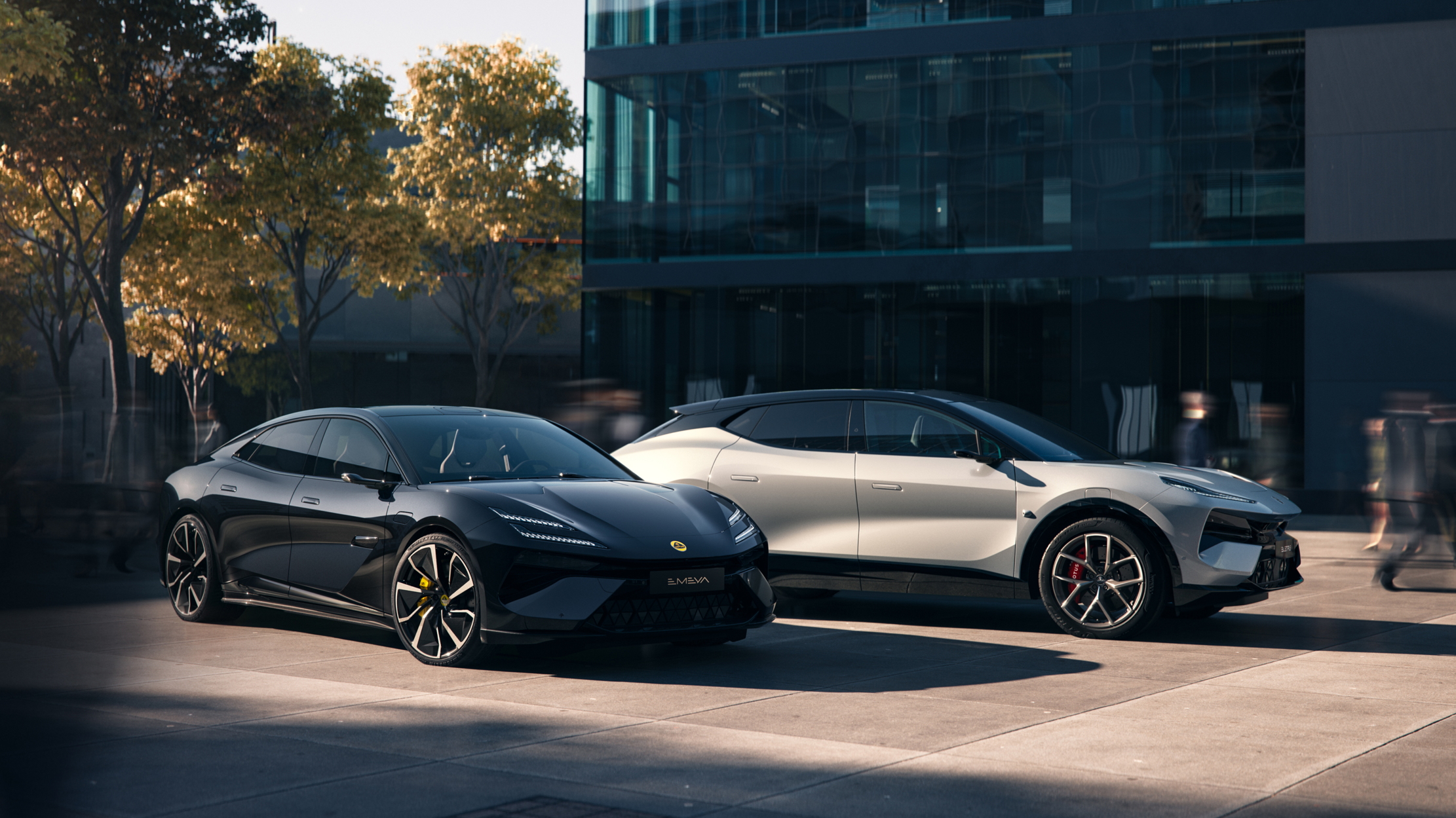
The Lotus Emeya (foreground) and the Eletre are radical new designs from the British marque.
Other carmakers looking to solve the ‘big horizontal battery pack below, high roof above’ EV conundrum include Lotus. The British-born, now Chinese-owned purveyor of great-handling cars already has three full EVs on sale and is readying a spiritual successor to the Elise two-seater sportscar in full-electric form as well. Clearly, from an aesthetic and aerodynamic viewpoint, such a car needs to be low and lean. Therefore, Lotus engineers and designers have come up with a ‘chest’ layout for its batteries, which are stacked vertically behind the front two seats, rather than horizontally within a ‘skateboard’ style platform, and so can still allow the driver and front passenger to sit low in a hunkered-down cabin.
Car designers are adapting the packaging possibilities of EVs in other ways too, while sometimes pursuing traditional proportions and their familiar visual appeal. A good example is relative newcomer EV brand Lucid from the US, whose sporty saloon called Air retains a decent length bonnet despite not needing the former to house an engine. Instead, its designers have optimised the space underneath to create in effect a second large luggage space. So, beyond the 626-litre boot with extra under-floor space at the rear, the Air also has a deep 283-litre compartment at the front which can swallow multiple large ‘hold’ and compact ‘carry-on’ aircraft bags without a fuss.
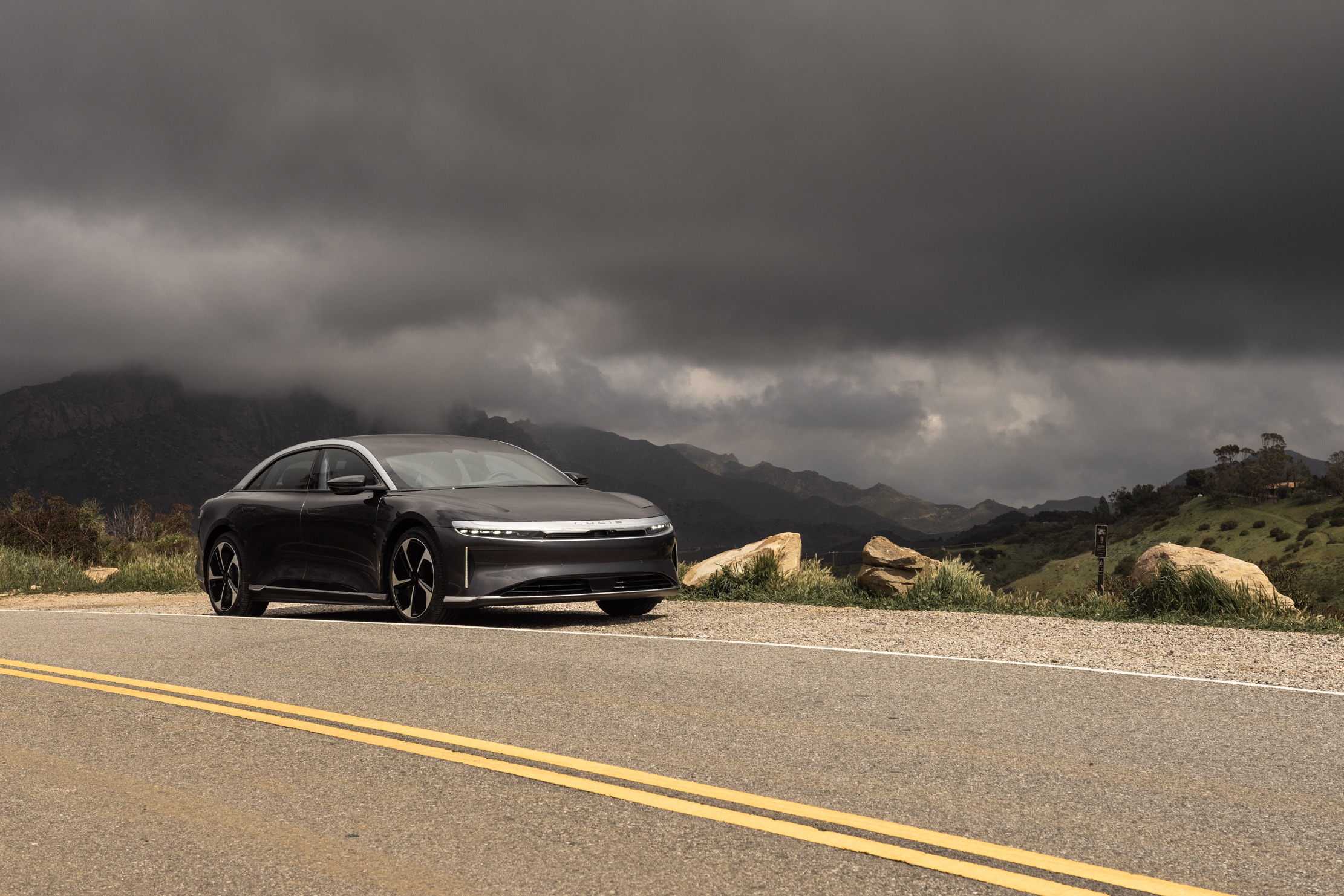
The Lucid Air, a traditionally styled electric saloon.
In Lucid’s latest large seven-seat SUV, Gravity, the space below the vehicle’s snout gains further added function, not only as an extra boot, but as a padded place for two people to sit and ‘and make memories with your favorite people’. Unfortunately, right-hand drive models and a UK launch are still some way off, but it’s a brand to keep an eye on.
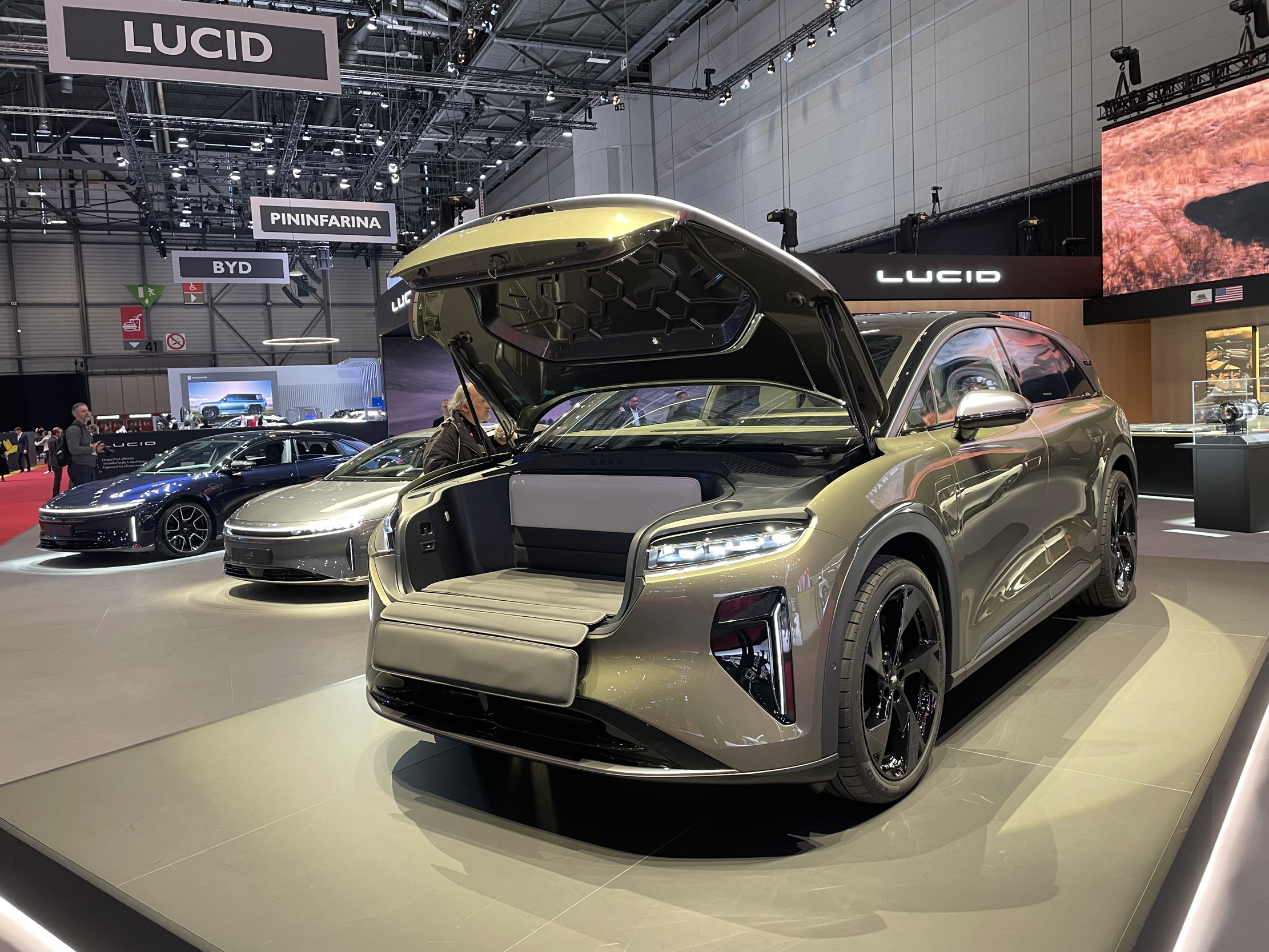
The Lucid Gravity, with it's 'frunk'.
Don’t be surprised if a new generation of luxury EVs still retain the appearance of low-slung coupes and sporty saloons of old, still featuring a large ‘grille’, a long bonnet and a small and cocooning rearward cabin. There is reluctance among some designers to change too much, because these appealing proportions have stood the test of time.
Accordingly, new versions of these vehicle types will increasingly sport complex digital lighting technology effects on flush exterior surfaces to replace traditional holey grilles, while retaining a sense of a brand’s face — see the late 2024 Jaguar Type 00 concept car and 2025 Mercedes CLA production vehicle for evidence — and bonnets will remain long and have new storage functionality beneath and rooflines will at least appear lower as EVs get longer and wider to proportionally hide their greater height. And when next-generation technology does arrive, the battery packs will take up less space in the car, with denser energy storage and more electric miles promised.
What does that mean? Lower-roofed, longer-range EVs all round from about 2027 onwards...
Guy Bird is a London-based writer, editor and consultant specialising in cars and car design. His journalistic experience spans more than 25 years in the UK and global industry, first at various business titles and then on the launch of ground-breaking car lifestyle magazine Intersection.
-
 Become a geography wizard by taking the Country Life Quiz of the Day, November 28, 2025
Become a geography wizard by taking the Country Life Quiz of the Day, November 28, 2025So many facts about rivers, capital cities, depths of things. You'll be the life and soul of every party by the end.
-
 The dream ski chalet for sale: Plan world domination and ski Japow at the same time
The dream ski chalet for sale: Plan world domination and ski Japow at the same timeEach week, James Fisher fantasises about a dream ski chalet he'd like to buy, but can't — from architecturally striking marvels, to cosy mountain retreats, and everything in between. This week, we are off to the top of the Rusutsu resort in Japan.
-
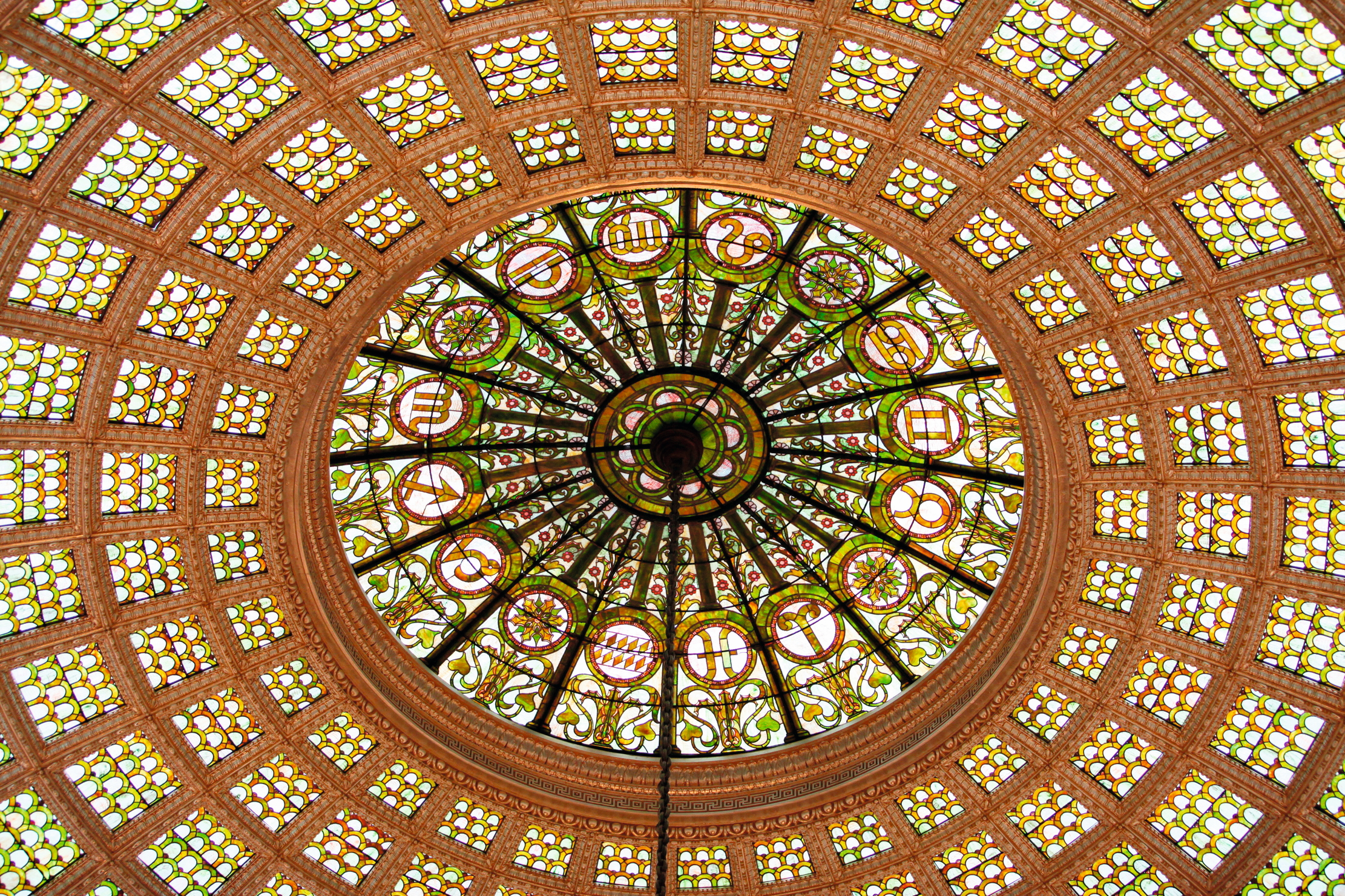 'Gems of enflamed transparencies, of bottomless blues, of congealed opals': Why glass was perfect for the elemental experimentalism of Art Nouveau
'Gems of enflamed transparencies, of bottomless blues, of congealed opals': Why glass was perfect for the elemental experimentalism of Art NouveauArt Nouveau masters such as Louis Comfort Tiffany and Émile Gallé turned the most fragile of materials into iridescent masterpieces that shimmered like seashells or glittered like Byzantine mosaics.
-
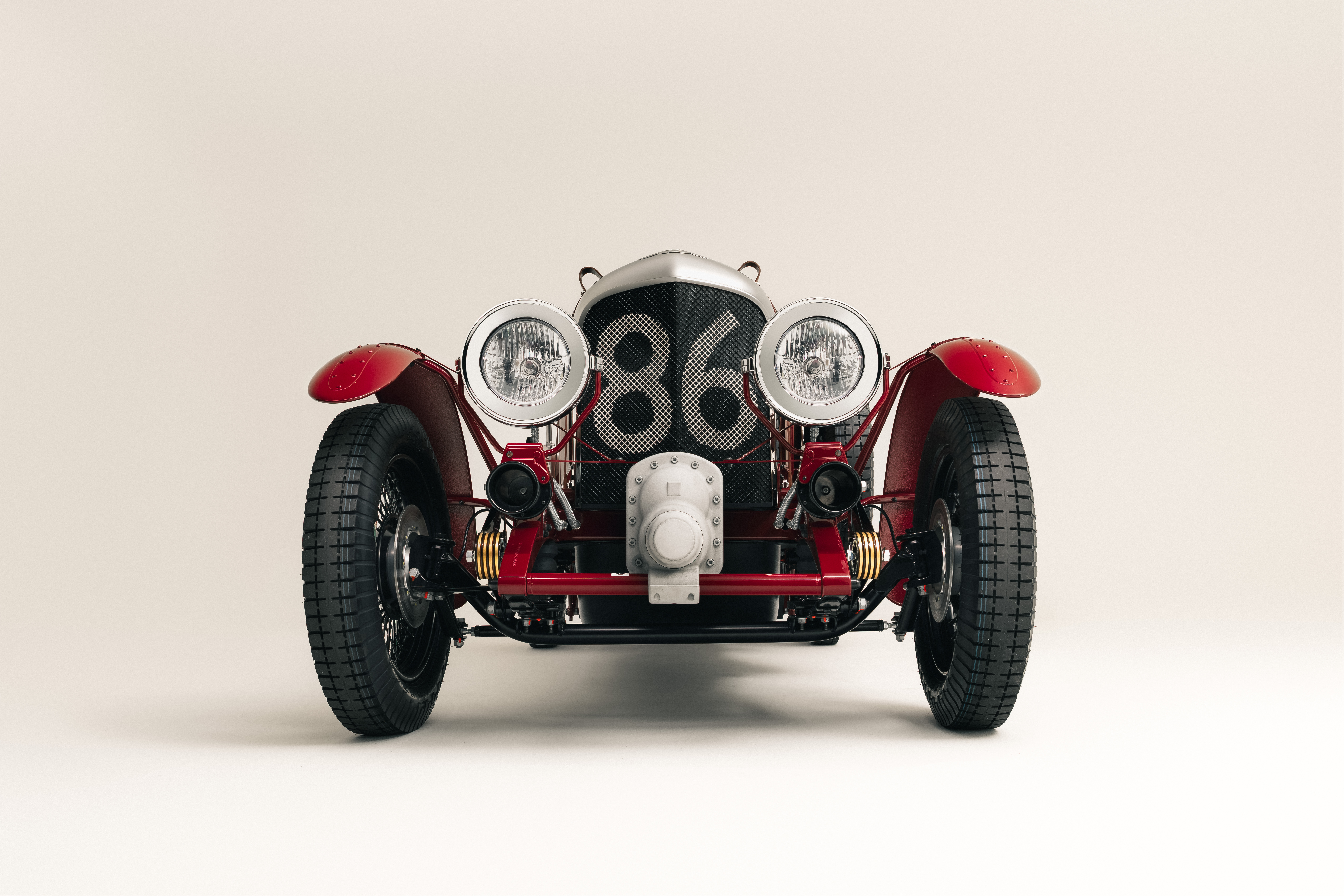 Why you absolutely need an electric Bentley Blower furnished with Russian reindeer leather
Why you absolutely need an electric Bentley Blower furnished with Russian reindeer leatherA collaboration between Hedley Studios and The King's shoemaker George Cleverley has produced something rather remarkable. Jeremy Taylor goes for a drive.
-
 Kilt status: A history of the iconic Scottish skirt, from wartime wrap to punk protest
Kilt status: A history of the iconic Scottish skirt, from wartime wrap to punk protestEverything you need to know about the kilt — apart from what to wear underneath one.
-
 The Glovebox: Return of the Bentley Supersports, the ultimate rural Range Rover and the car collection fit for The King
The Glovebox: Return of the Bentley Supersports, the ultimate rural Range Rover and the car collection fit for The KingA century after it was the first Bentley to top 100mph, the Supersports is back and looking better than ever.
-
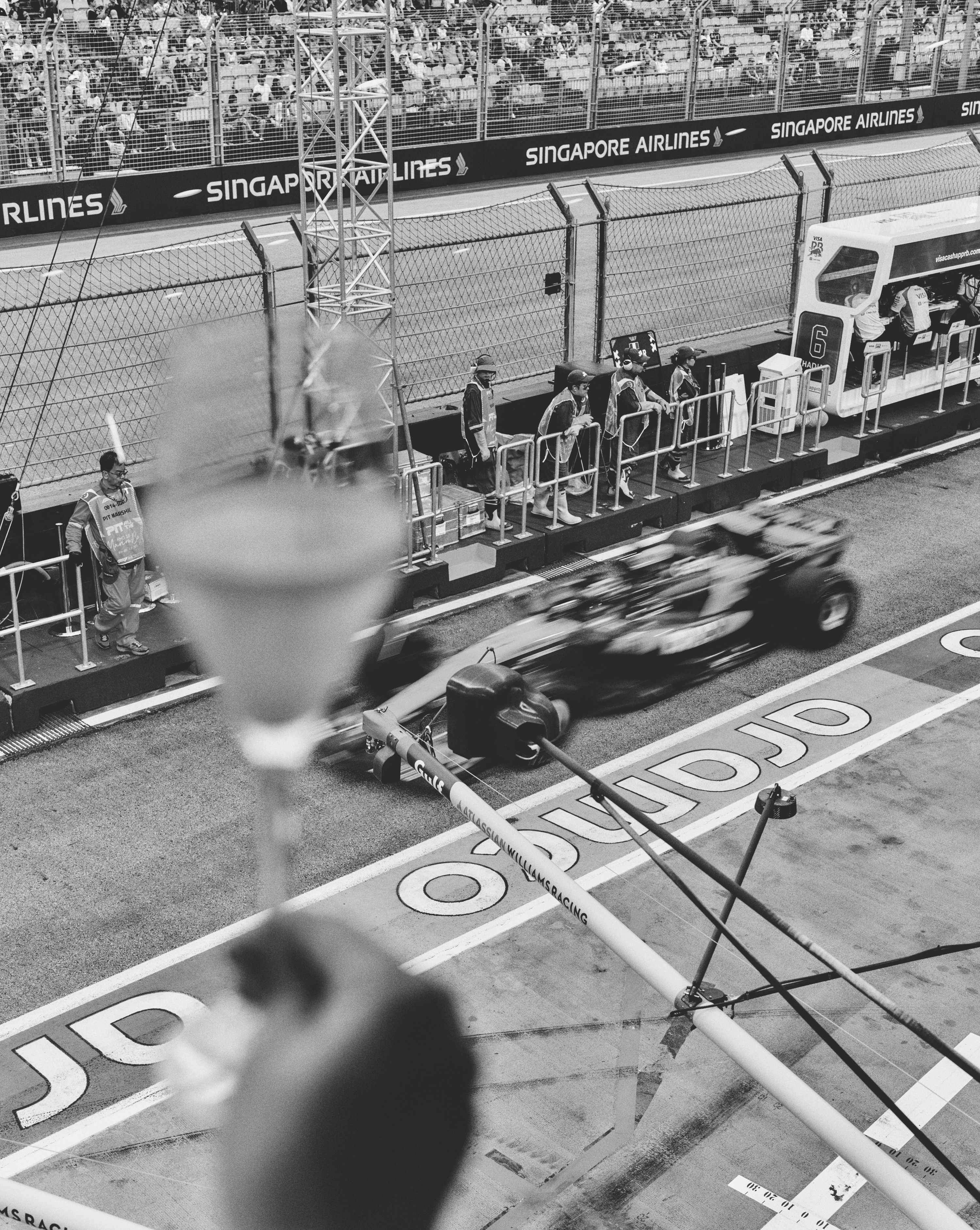 'The night smells like engine oil… and money': Singapore’s glittering night race paved the way for a new era of city-centre Grands Prix
'The night smells like engine oil… and money': Singapore’s glittering night race paved the way for a new era of city-centre Grands PrixIt's the Las Vegas Grand Prix this weekend, but it and other city-centre Grand Prix would be nothing without trailblazing Singapore. Natasha Bird explains how the city state got it so right.
-
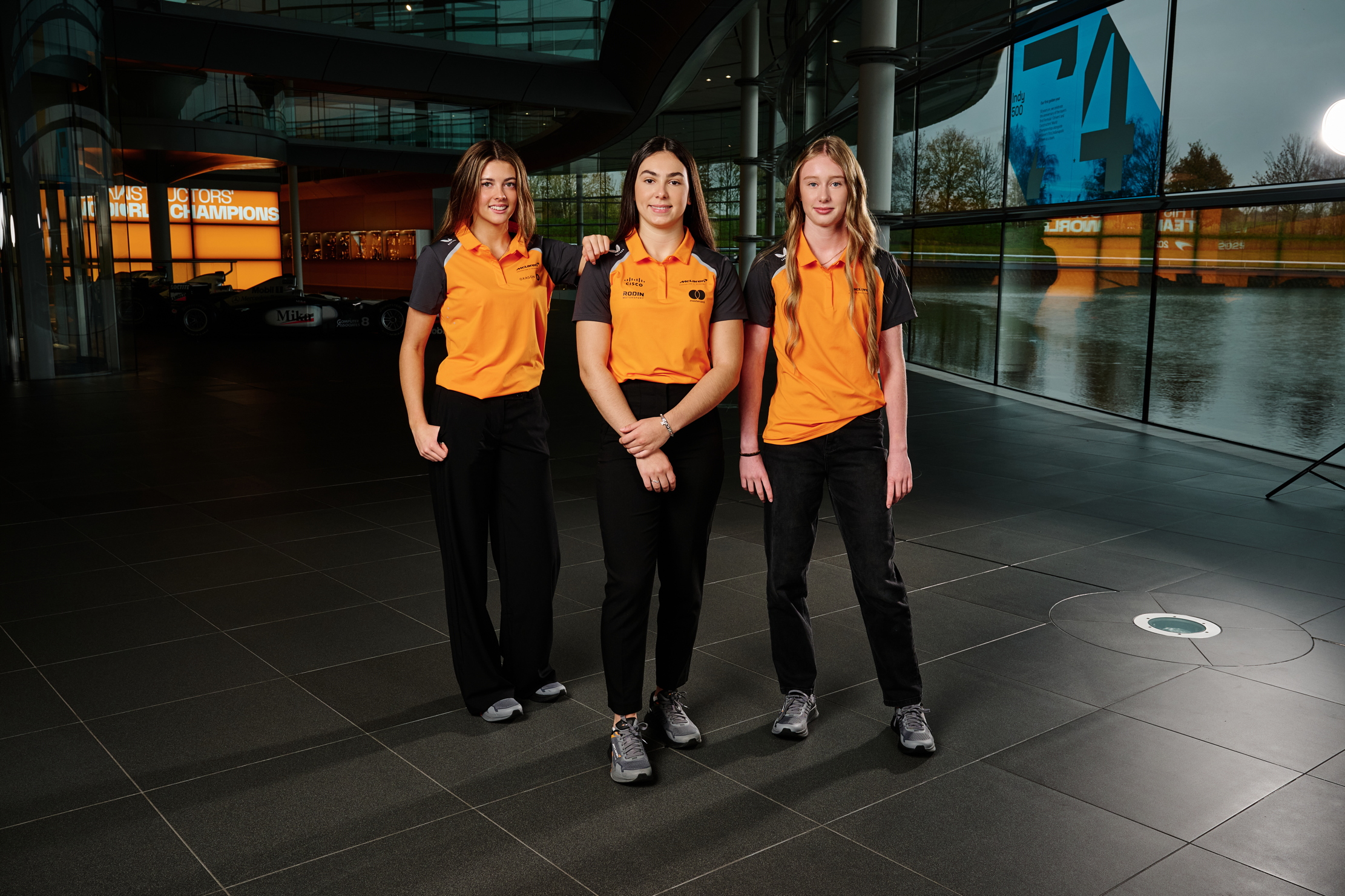 McLaren's three Ellas and the future of motorsport
McLaren's three Ellas and the future of motorsportMcLaren is rewiring the pipeline for women, on track and across the motorsport landscape
-
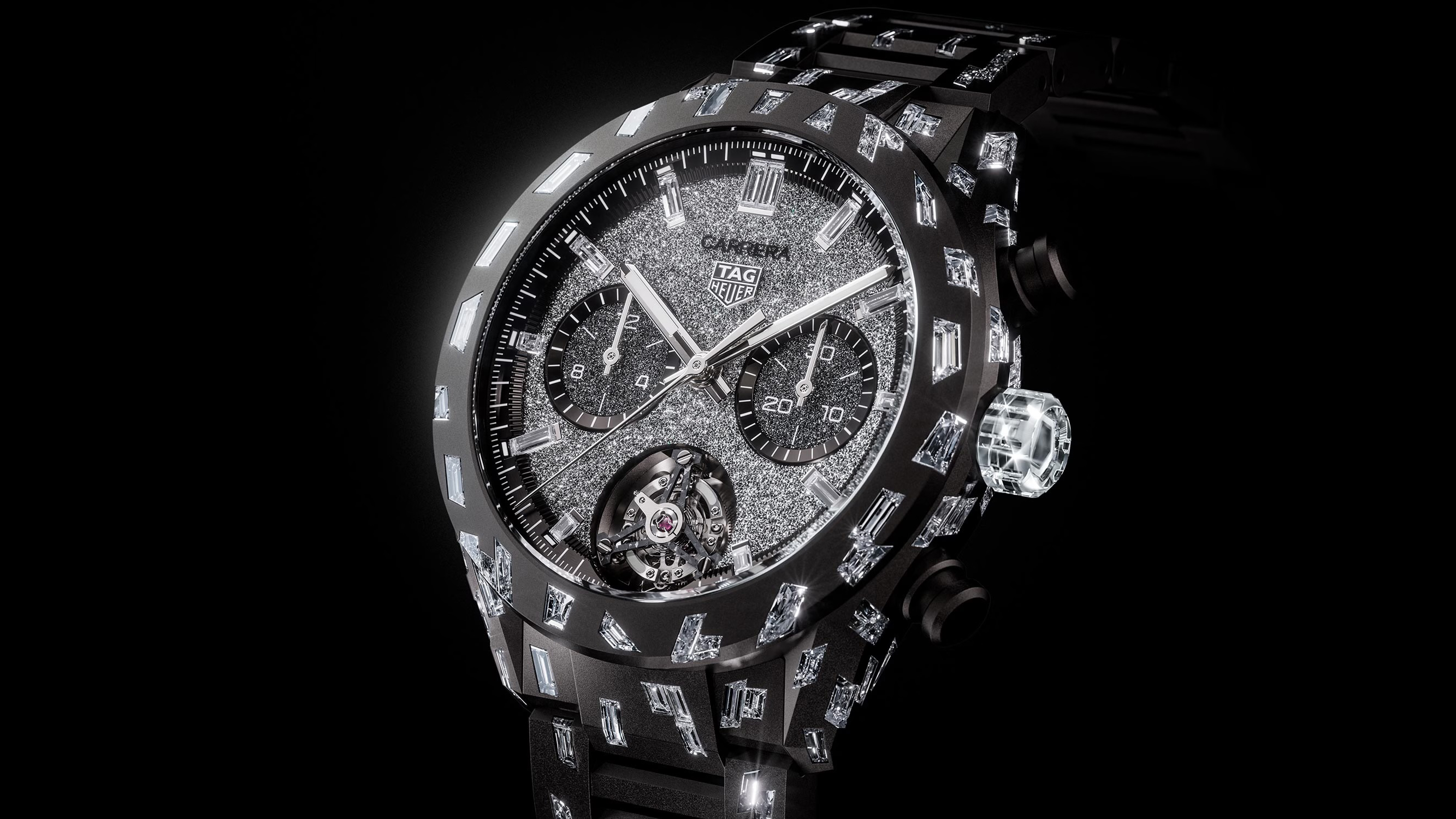 The real deal: Can you tell the difference between mined and synthetic diamonds?
The real deal: Can you tell the difference between mined and synthetic diamonds?And would you buy a watch studded with laboratory-made ones?
-
 Who won the rivalry between Turner and Constable? It was us, the public
Who won the rivalry between Turner and Constable? It was us, the publicA forthcoming exhibition at Tate Britain that revives the rivalry between these two 19th century painters sheds new light on their relationship.